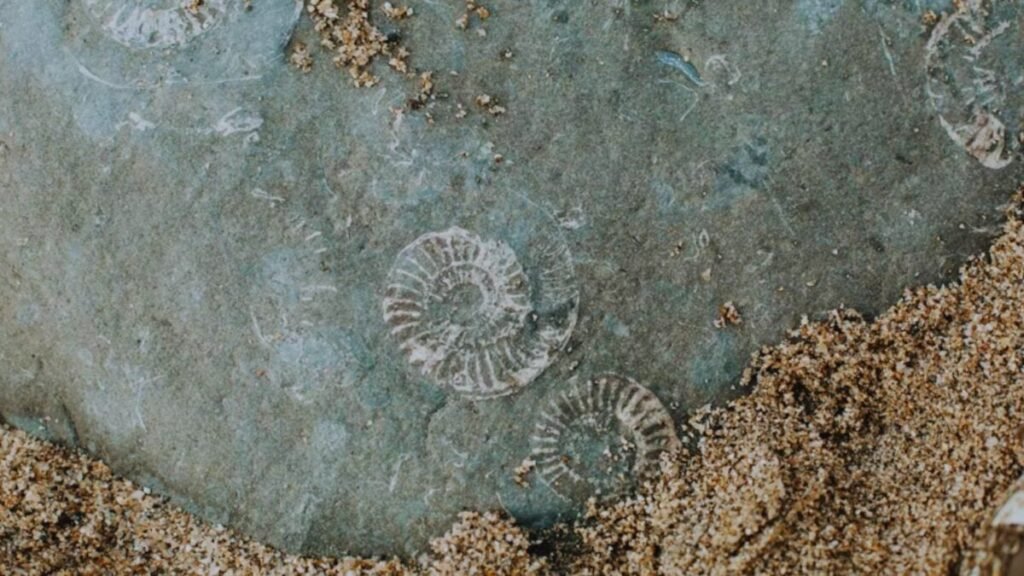Echoes of the Jurassic Sea: How Extinct Ammonites Still Help Scientists Understand the Earth

Geologists call them index fossils: each species lived for a short period and spread across vast marine regions, leaving its mark as a chronological record. When a researcher finds one, “Ammonites are like biological clocks embedded in stone,” as delicate as poetic: when the animal died, its shell sank to the seabed, filled with sediments, and over time, became trapped in the rock. Breaking it, they find internal molds that preserve the shape of those creatures that swam in seas that disappeared millions of years ago.
### The submarines of the past

Relatives of today’s octopuses and squids. Their shell was divided into compartments connected by a tube—the siphon—that regulated air and water, just like a modern flotation system. This structure allowed them to ascend or descend at will, moving through retropropulsion. Some had thin and aerodynamic shells, others were globular and heavy; the former were fast, the latter slow but sturdy.
### From fossil seas to the digital laboratory

Today, they not only tell the geological history of the planet: they also drive technology. The digitizes these fossils into high-resolution 3D models, allowing researchers worldwide to study them without touching the originals. “Now we can print them and compare them as if we had them in front of us,” she points out. What began as a shell on the seabed ended up becoming a digital tool that connects past, present, and future. They no longer sail the oceans, but their journey continues—this time, through time and science.






